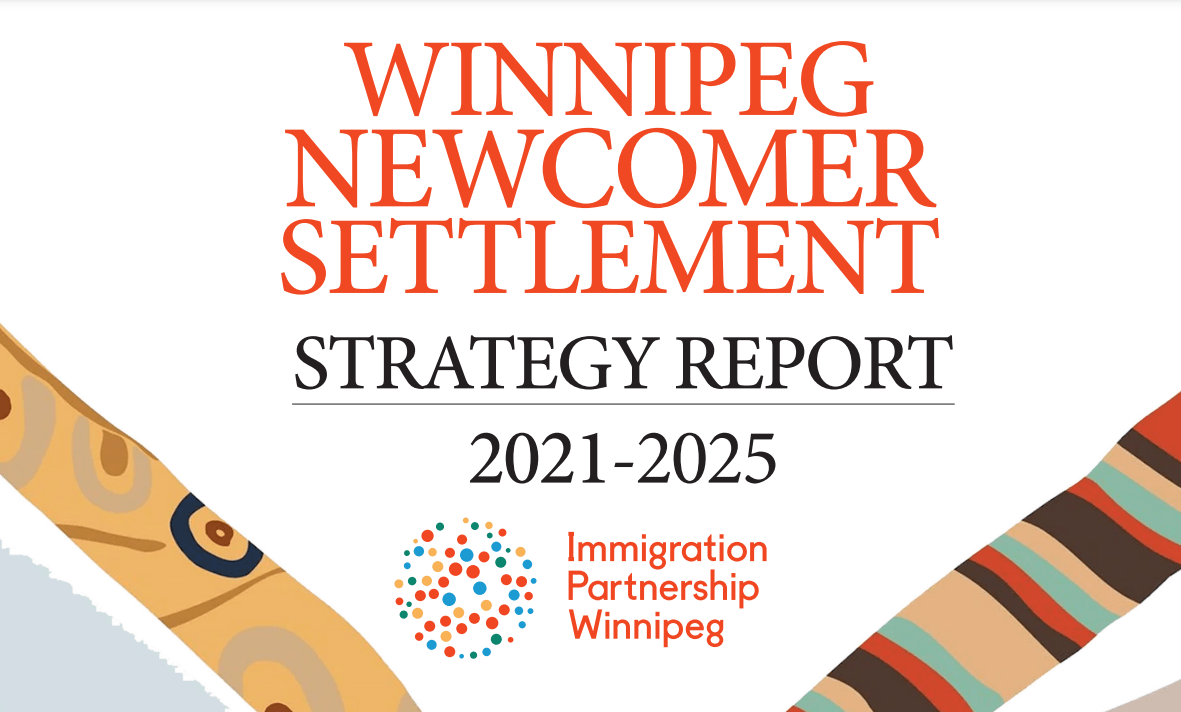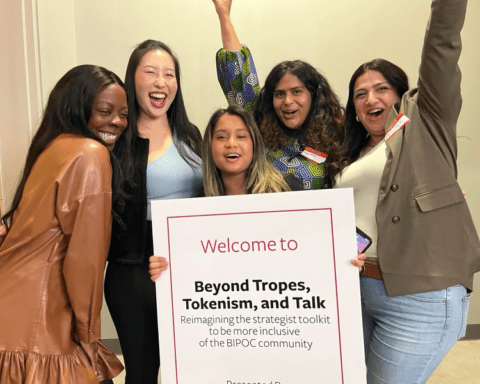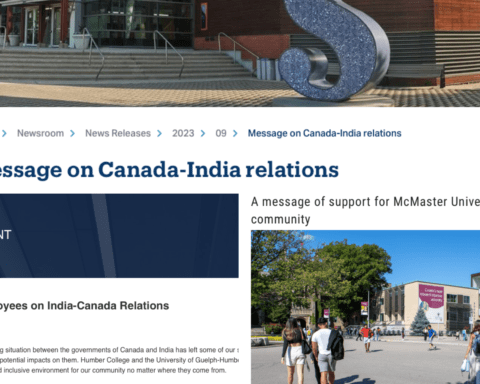Immigration Partnership Winnipeg’s latest Strategy Report for 2021-2025 outlines the discrimination new migrants to the province face finding employment, housing and education in the province.
“Our goals are to foster dialogue and understanding,” the community organization director Reuben Garang said, working under the umbrella of Winnipeg’s Social Planning Council to assess the experiences of new migrants in Manitoba and the impacts of COVID-19.
A third-party consulting agency found three key barriers challenging immigrants and refugees including experiences with systemic racism when finding sustainable income, affordable housing, and mental health resources.
Nina Condo Consulting conducted over 80 focus groups to build data on issues newcomers experienced moving into Manitoba, especially in legal and medical sectors. Condo says her team focused on issues surrounding women, youth and seniors, and gender-diverse communities.
Ethnocultural communities are being relied on to provide support, and should be recognized more as valuable sources to mobilize and invest in, Condo says.
“Although Manitoba has one of the largest numbers of newcomers, they are not maintaining them.”
Its main recommendations address the IRCC’s responsibility to provide multi-year, collaborative funding to enrich the academic, and socio-economic experience of transitioning into Canadian life. And for settlement agencies to promote positive attitudes toward newcomers and reflect the communities they serve.
Employment and education
The December report says some of the barriers newcomers face finding employment are related to Canadian workplace culture, including employers not recognizing foreign degrees or work experience, and insufficient information on economic opportunities.
There is also room for growth in improving language proficiencies and other job specific skills training.
The goal, Garang says, is to invest in information sharing and orientation for immigrants and refugees at the onset of their arrival.
“The faster we initiate supporting people, the more successful they become. That plays back to the larger community,” he said.
“Unemployment and underemployment are a long-standing issue for the immigrant population,” the report says, pointing to data from 2019 that shows the highest unemployment rates among newcomers who had lived in Canada for less than five years.
Statistics Canada’s latest report on labour last month shows “recent immigrants in 2021 experienced lower unemployment rates than earlier cohorts.” However, Canada’s average wage growth hasn’t kept up with inflation, the census bureau said.
Career-age newcomers from 25-54 make up a significant portion of the nation’s largest industries – including just under 40 per cent of workers in the food and accommodations industries, transportation and warehousing. Newcomers also make a substantial part of the workforce in scientific fields, technical services, and construction.
The IPW’s strategy report also points to the “unnecessary requirement” of “Canadian work experience,” which the Human Rights Commission of Manitoba says may be included as a form of systemic discrimination.
Garang says employment opportunities are about maximizing people’s skill sets. “When you define what ‘Canadian experience’ means, it’s abstract and keeps people out of work.”
In terms of language proficiency and skills training, settlement agencies in Winnipeg have advocated for higher language training programs to heighten Manitoba’s competitive edge and keep newcomers needing more advanced language benchmarks to re-certify foreign credentials or apply for post-secondary education from leaving the province to do so.
One way to heighten its competitive edge, the report says, is to collaborate with universities and colleges to certify educators for teaching these higher language training programs within the province.
Further recommendations on education and language proficiency include collaborative funding between the federal and provincial governments to promote robust, multi-year funding beyond short-term or issue-based means.
This includes expanding funding structures with the goal of Ethnocultural communities becoming self-sustaining.
Police relationships and mental health resources
“Access to mental health is inadequate generally,” Garang said, highlighting how the pandemic exacerbated an already existing stigma that barred newcomers from finding the resources they need.
The strategy report recommends developing culturally responsive mental health services, especially with emergency service providers. As well as coordinating outreach efforts for resources and care with the ethnocultural communities they’re provided for.
Garang says dealing with people’s mental health could be better handled by a social worker who is familiar with the culture. “Police intervention might not be a solution to such a crisis,” he said.
“There are things that could be done better,” Garang added, pointing to the recommendations for civilian oversight of the Winnipeg Police Services and rebuilding trust with Indigenous and racialized or new migrant communities.
A September report by the Police Accountability Coalition, another branch of the SPCW, showed a shift in public thinking, where more than six in ten Winnipeggers surveyed said poverty reduction was the best way to approach reducing crime.
“Historically polls have shown support for police and policing solutions,” SPCW executive director Kate Kehler said. Social Planning Council of Winnipeg acts as a secretariat to support community organizations like IPW and their on-the-ground experience with newcomers and refugees.
Kehler says approaching crisis intervention from a perspective of poverty reduction means “seeing an individual in need of help, not someone who needs to be subdued.”
“The vast majority of resources goes to policing, courts and jails. Spending money on short-term fixes, that’s money we don’t have [to spend] on what actually works,” for example wrap-around services to support housing and employment, said Kehler.
“What if just this once, we over-invested in poverty-reduction?”
Keitlyn (they/them) is a multi-media journalist residing in Scarborough, Ont. They are interested in long-form journalism that highlights the visibility of BIPOC expression. True to millennial form, they are a small business owner, carpenter and freelance photographer. They were interested in NCM as it understands the "big picture." Journalists are dedicated to truth and democracy. Our communities have not always had access to these privileges. NCM is filling in a large gap that North American media has long neglected.





